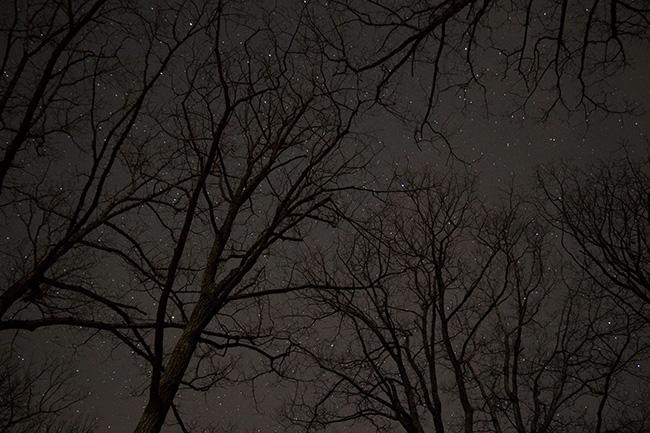Stargaze Past the Bright City Lights
Though it can be hard to get past the light pollution, it is possible to see the stars while staying in the city.
April 18, 2016
Back in September, hundreds of NYU students gathered in Washington Square Park in an attempt to get a glimpse of a unique red-colored lunar eclipse, commonly known as a Blood Moon, only to have their view obstructed by New York’s excessive light pollution. Here are some foolproof ways to see the stars without even leaving the city.
Guided Observation Through Columbia’s Telescopes
The Columbia Astronomy Public Outreach Program regularly hosts events that would be of interest to both amateur astronomers and casual stargazers alike. Through their popular Stargazing and Lecture Series, the program provides the public with the opportunity to listen to brief lectures from graduate students from Columbia University’s Astronomy Department on various aspects of astronomy before enjoying over an hour of guided stargazing through the university’s telescopes. The next installment of the Stargazing and Lecture Series, entitled “The Explosive Origins of Our Elements,” will take place at 8 p.m. on Friday, April 29, weather permitting.
Students looking for a more casual stargazing experience should consider joining Amateur Astronomers Association of New York at their weekly stargazing sessions in the Lincoln Center Plaza. On April 22, the club expects to see Jupiter. The AAA will stargaze every Friday and Saturday until August 12, excluding August 5 and 6.
The Friends of the High Line also hosts weekly stargazing events open to the public at the High Line in conjunction with Amateur Astronomers Association of New York. The AAA provides high-powered telescopes to give astronomy enthusiasts of all ages and experience levels a special stargazing experience. Enter the park from the West 14th St. entrance around dusk any Tuesday until October to join in. Stargazing ends 30 minutes before the park closes and is subject to the weather. The Friends of the High Line (@highlinenyc) tweet updates on the stargazing event every Tuesday by 3 p.m.
To enjoy the stars free from the mercy of New York’s unpredictable weather, stop by the American Museum of Natural History’s Hayden Planetarium. For a suggested donation of $17, students can see “Dark Universe,” a film about the history of astronomy narrated by Neil deGrasse Tyson and projected on the planetarium’s 67-foot-wide hemispheric dome, in addition to admission to the rest of the museum. The planetarium also boasts Digital Universe Atlas, a 3D map of the observable universe that provides a shockingly realistic view of the stars and planets.
A version of this article appeared in the Monday, April 18 print edition. Email Taylor Nicole Rogers at [email protected].

























































































































































Jonathon Groubert • Apr 19, 2016 at 11:00 pm
Um, no. While light pollution certainly is a problem in Manhattan, it is impossible for light pollution to ruin an eclipse of the moon. First of all, the moon is far too bright for light pollution, no matter how bad, to ever have any effect on it. Second, the September eclipse was perfectly visible in Manhattan, as I and four others from the AAA had our telescopes out at an outreach session at Carl Schurz Park for the eclipse and had lines of people 400 deep waiting to look through our scopes. And everyone saw the eclipse just fine, thank you very much.
So, maybe you should check your sources there, Ms. Rogers.